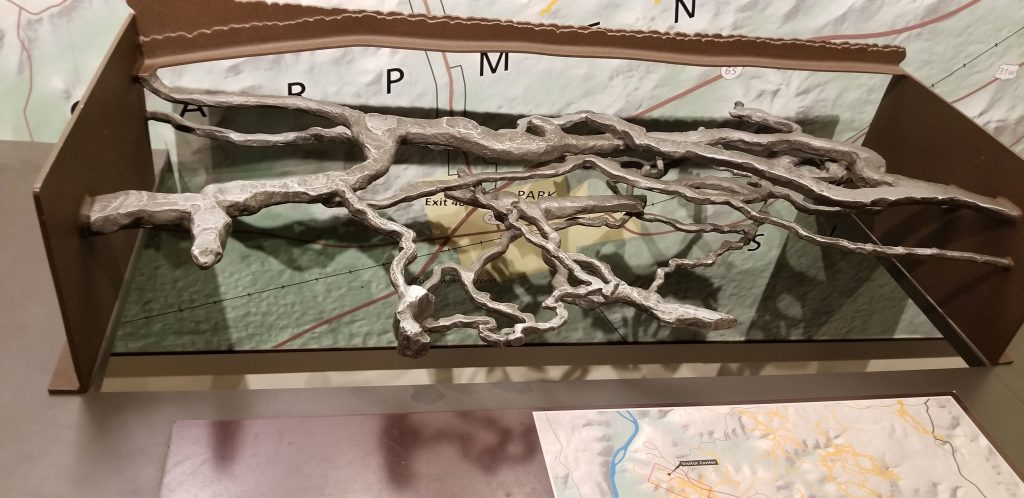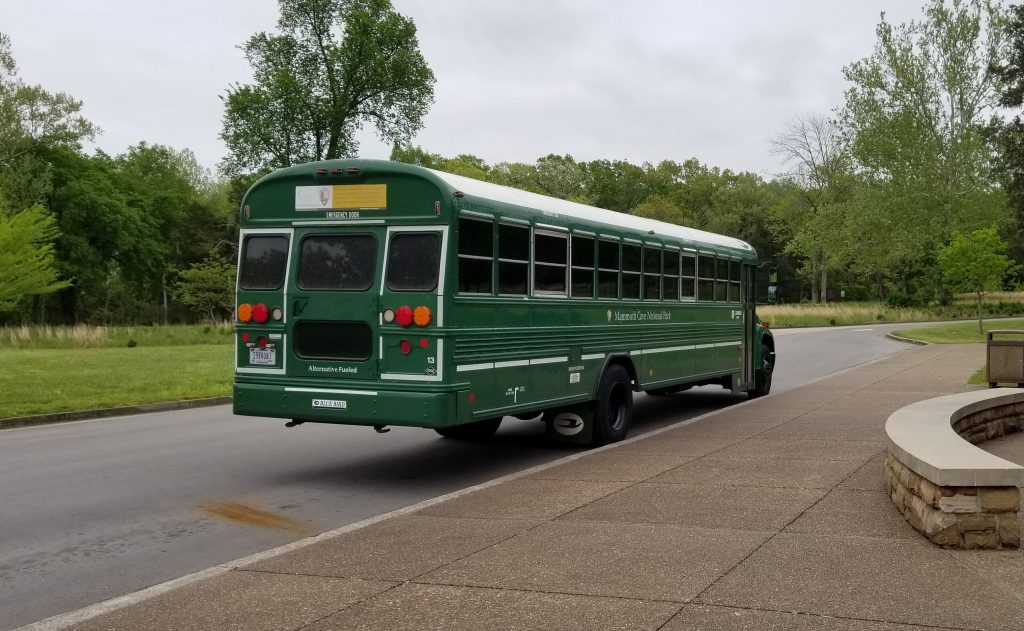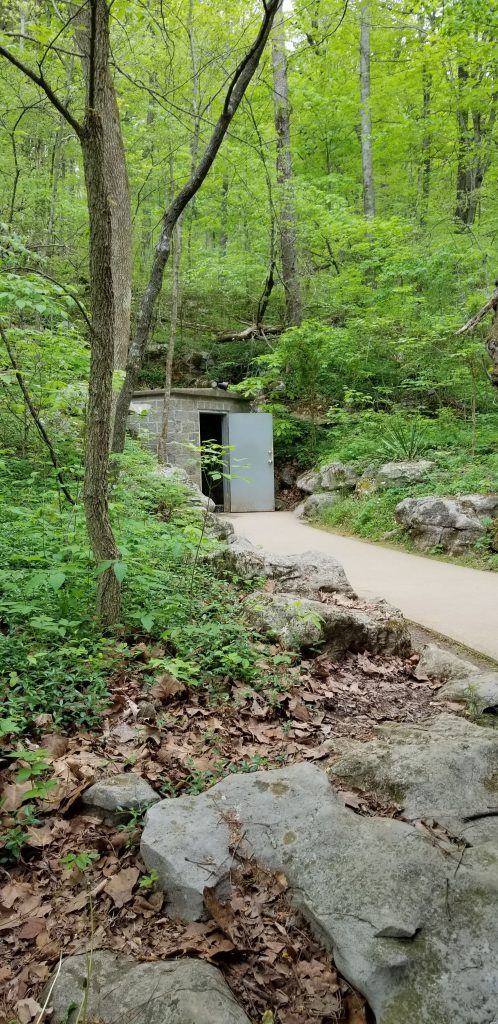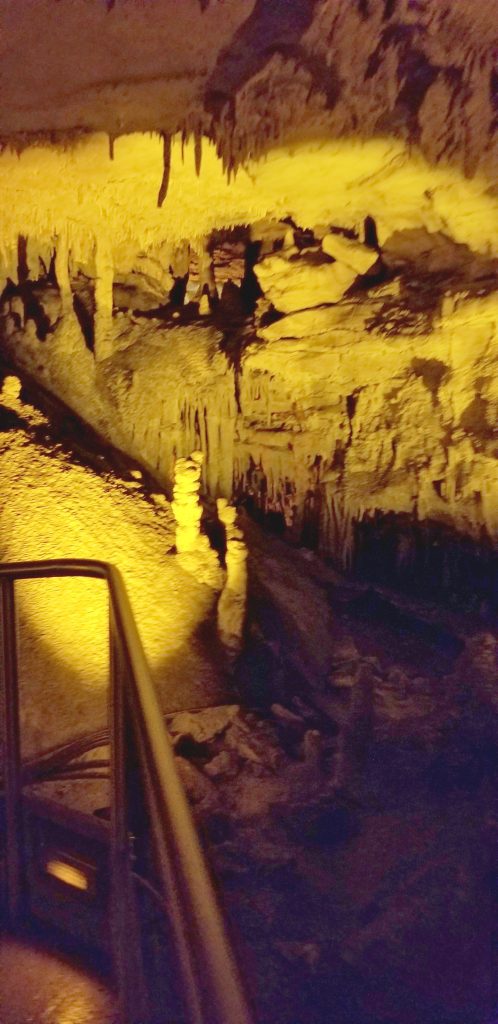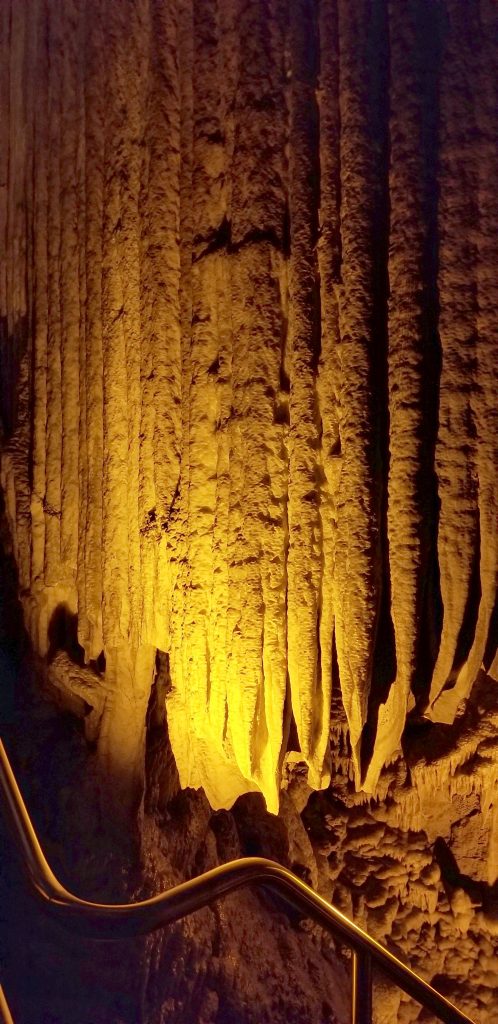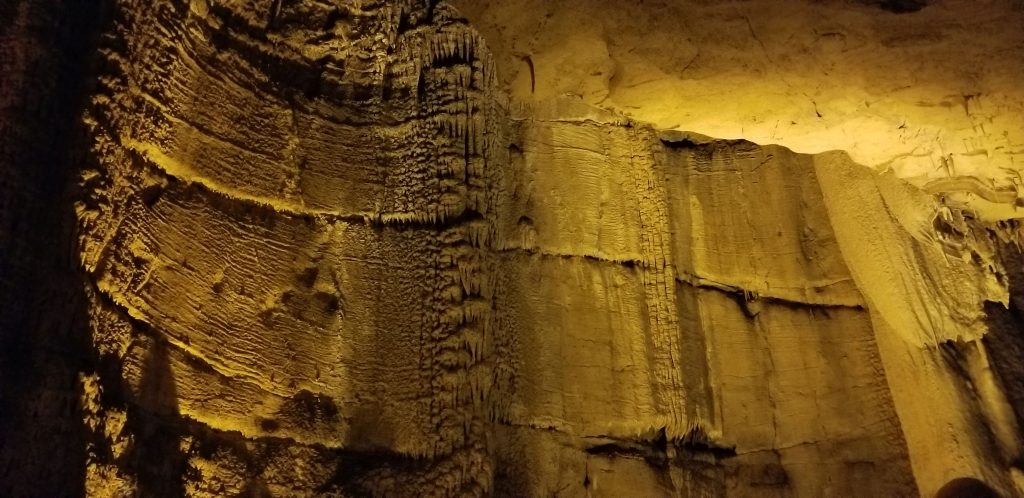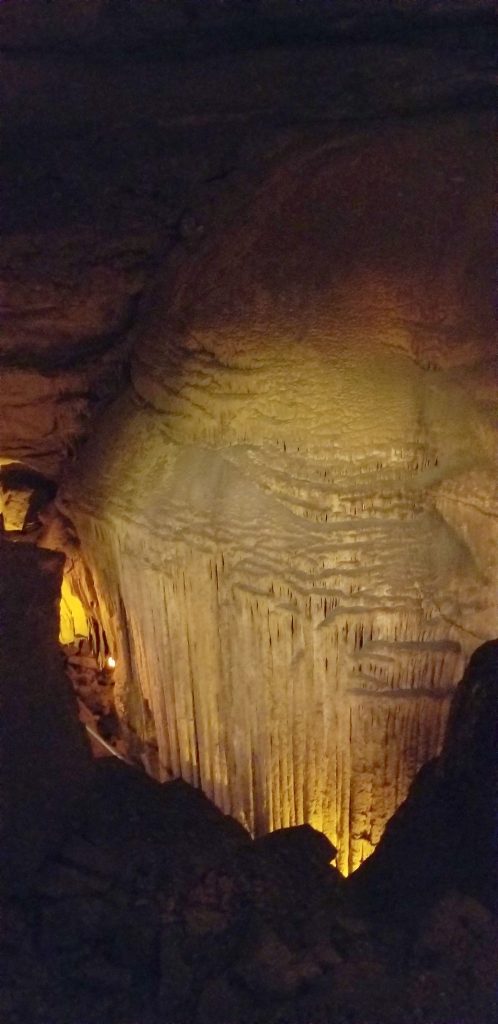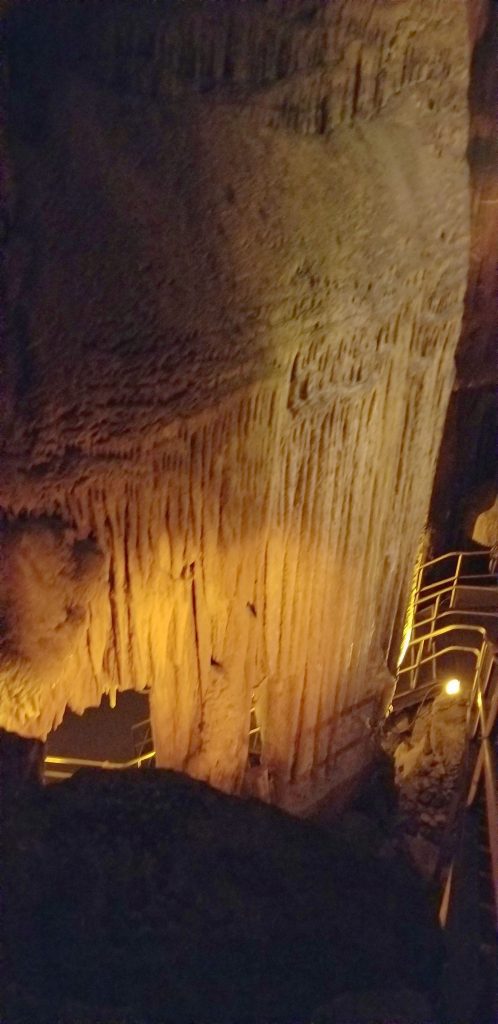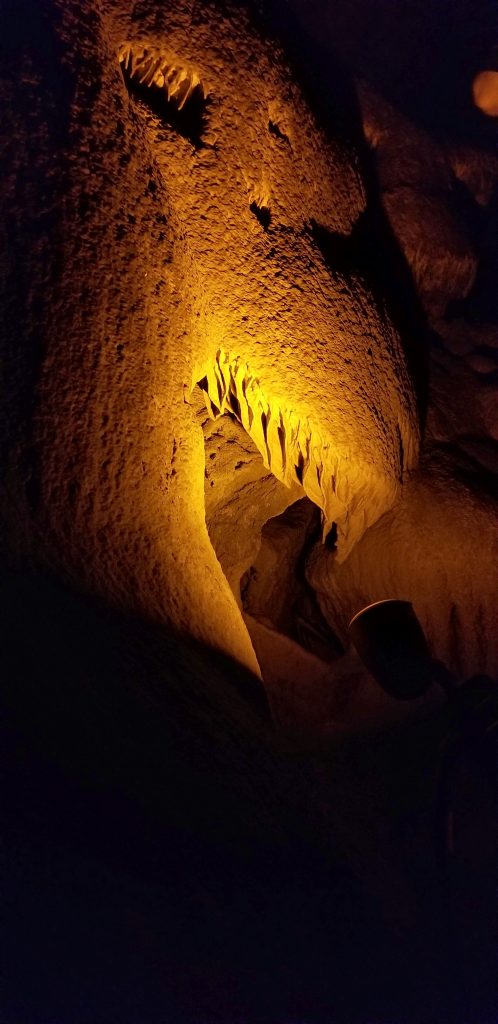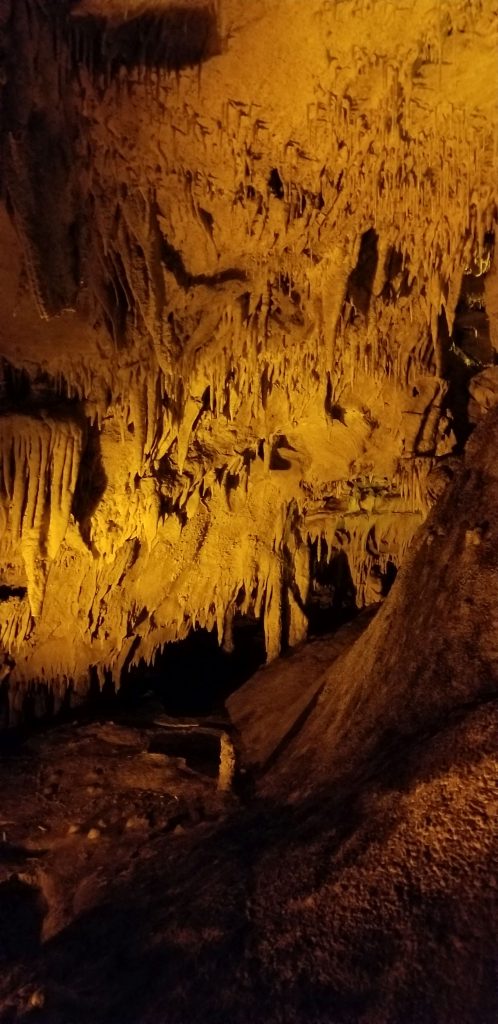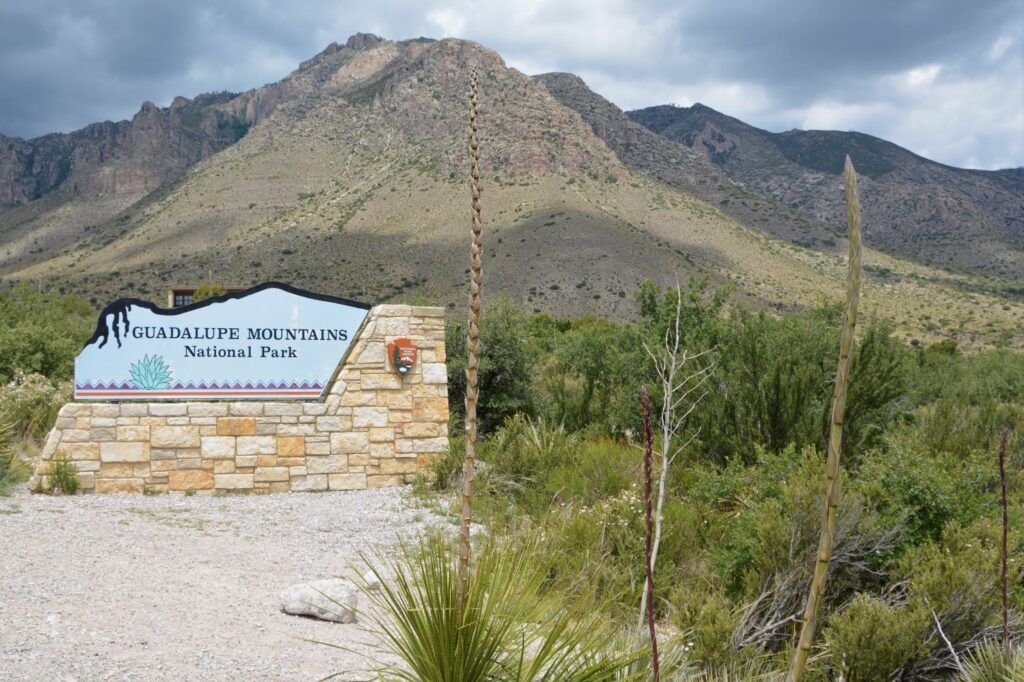
Created in 1966, Guadalupe Mountains National Park contains the highest point in the state of Texas, Guadalupe Peak (8,751′). The park is located near Carlsbad, New Mexico, and just a few miles across the Texas border. In the western “arm” of Texas, this less known national park is well-known for its clean air.
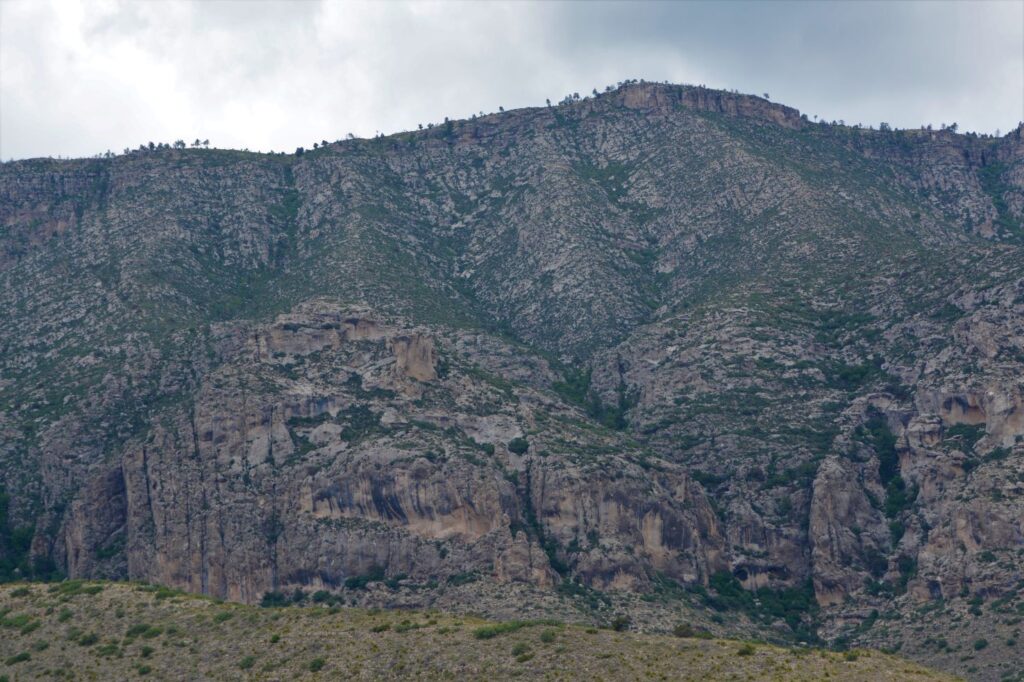
The Park is intentionally inaccessible. It was created during a time when the environmental movement was in full swing. Ninety-five percent of the park is wilderness. From the eastern border of the park where we were, there are only three short roads into the park. If you like to hike, however, there are numerous trails throughout. For us old people, we had to be content with viewing the mountains from a distance.
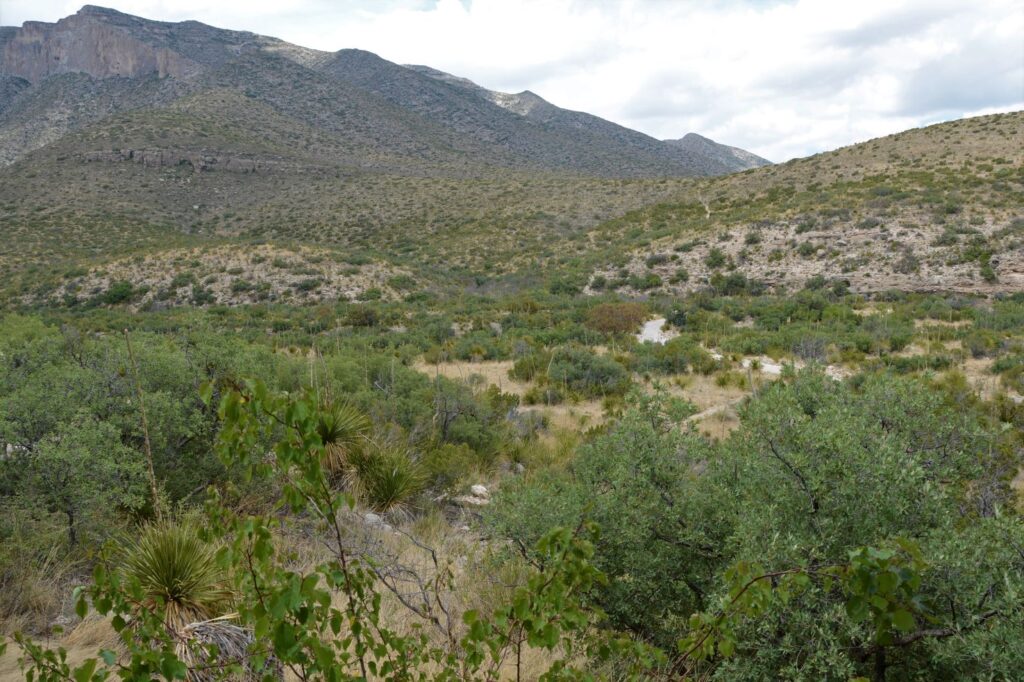
There are roads around the outside of the park with various viewpoints. If we had driven several hours more, we might have been able to see more, but we just didn’t have the time.
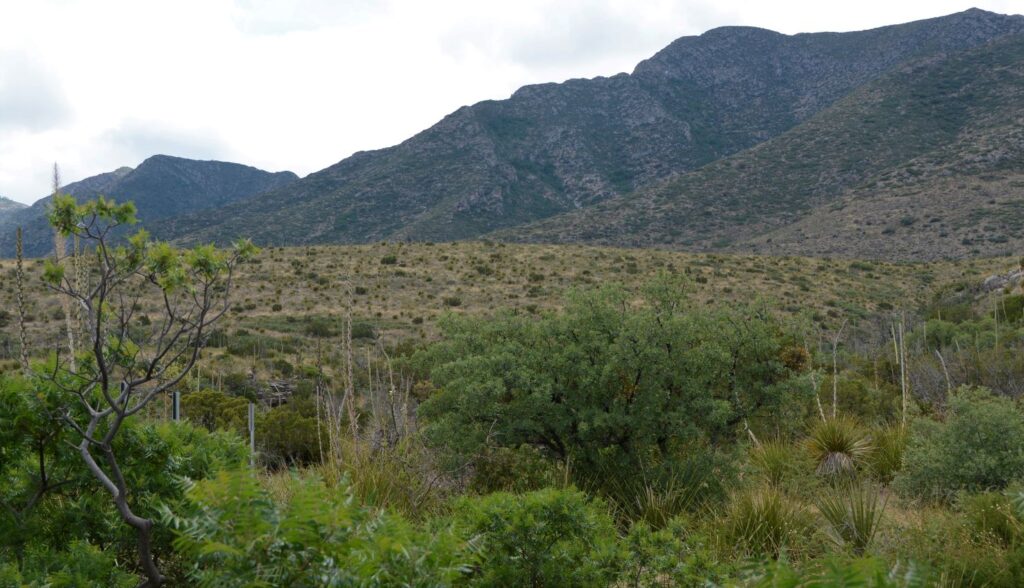
Like Yosemite National Park, this park also has an “El Capitan.” It is a 1,000′ high limestone cliff. It is visible from the highway as you drive further south. However, we did not go that far.
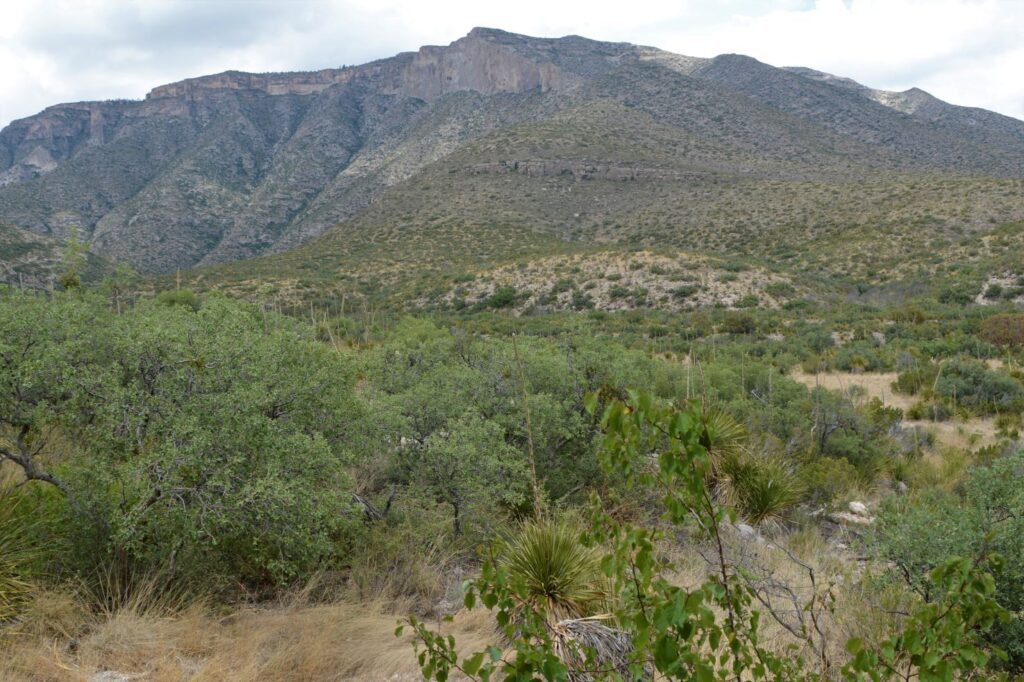
The wildflowers and cactus were in bloom and we enjoyed seeing the beauty of the desert in bloom.
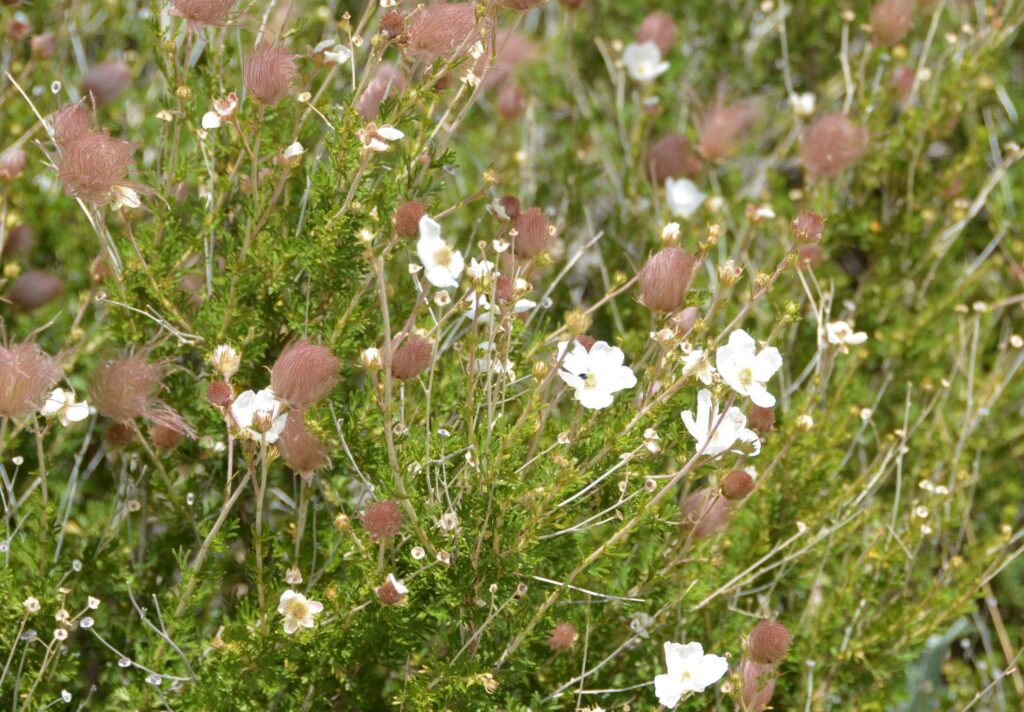
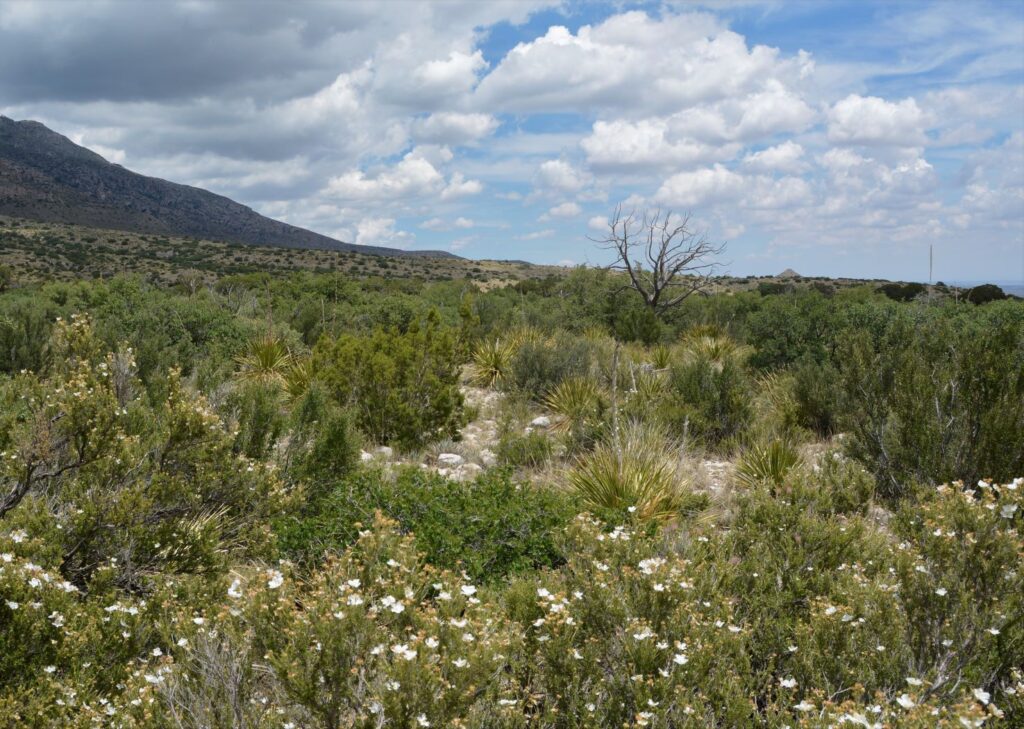
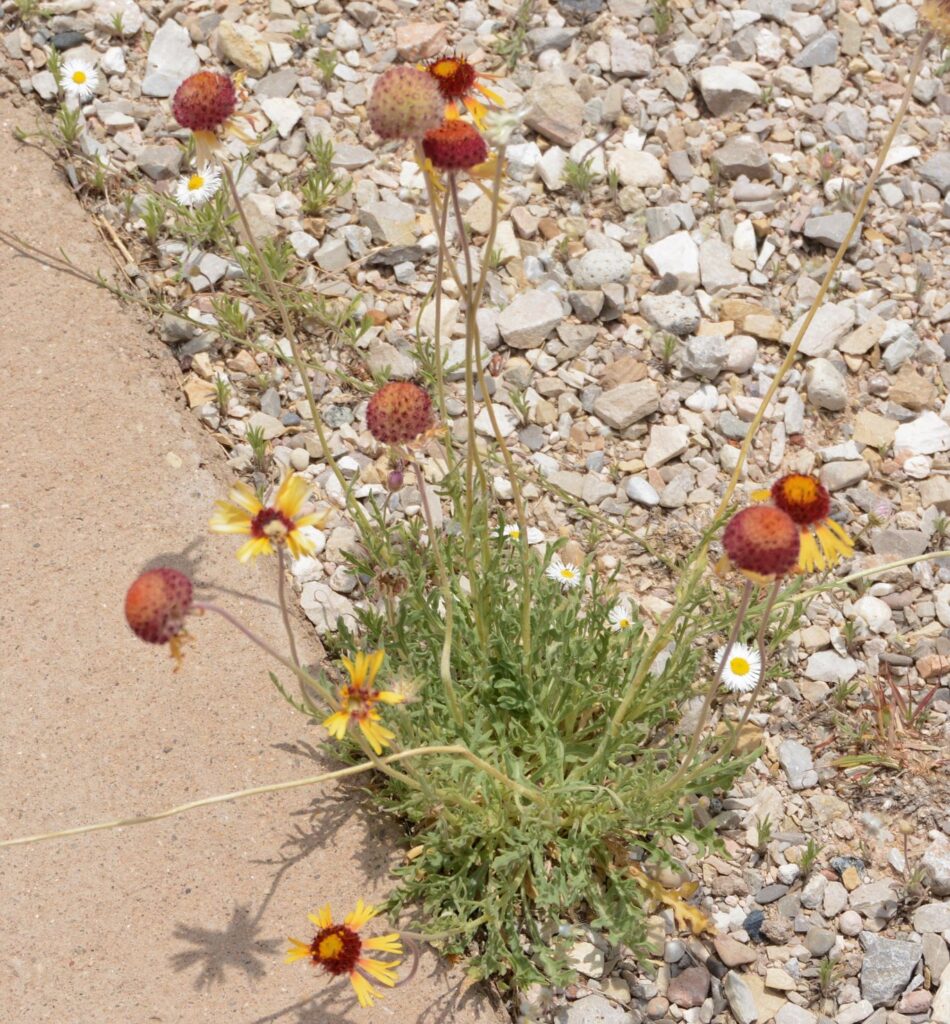
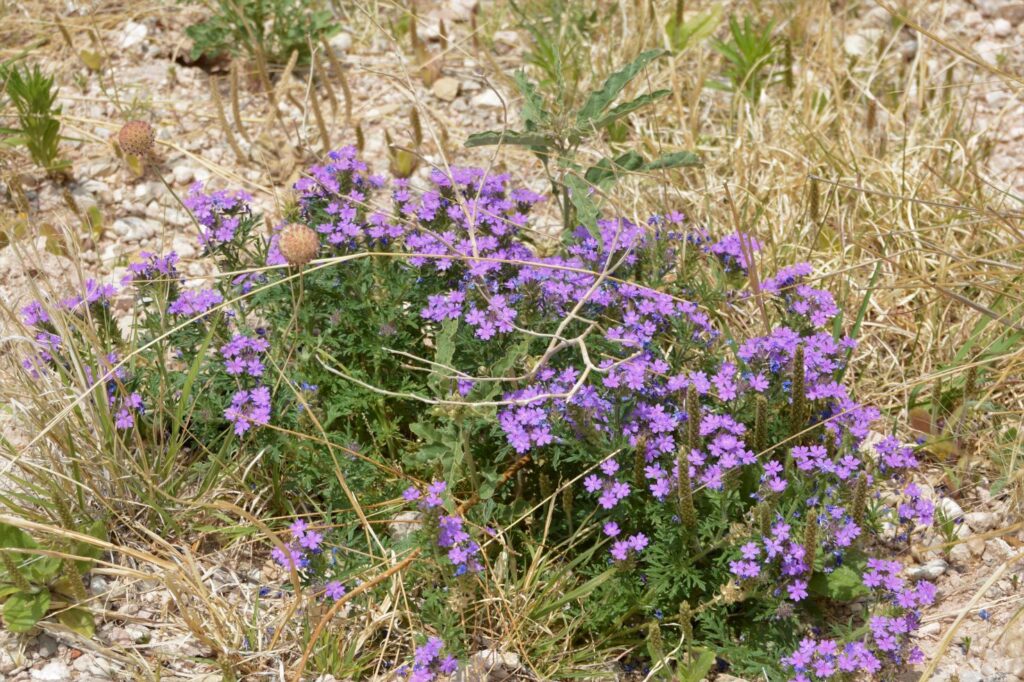
We visited the historic Frijole Ranch, but the museum was closed. It is only open seasonally when staff or volunteers are available. There was a spring outside the ranch house that flows continually at 5 gallons per minute. A spring house covers the opening and the water flows in a channel through the courtyard.
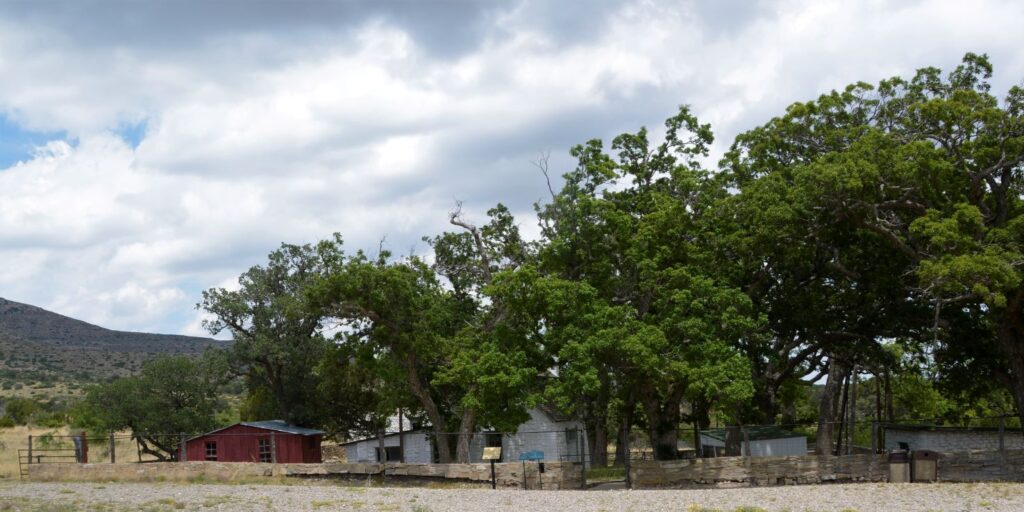
Outside the Visitors’ Center, we were fascinated with the yucca plants in various states of bloom. The yucca is related to the agave plant.
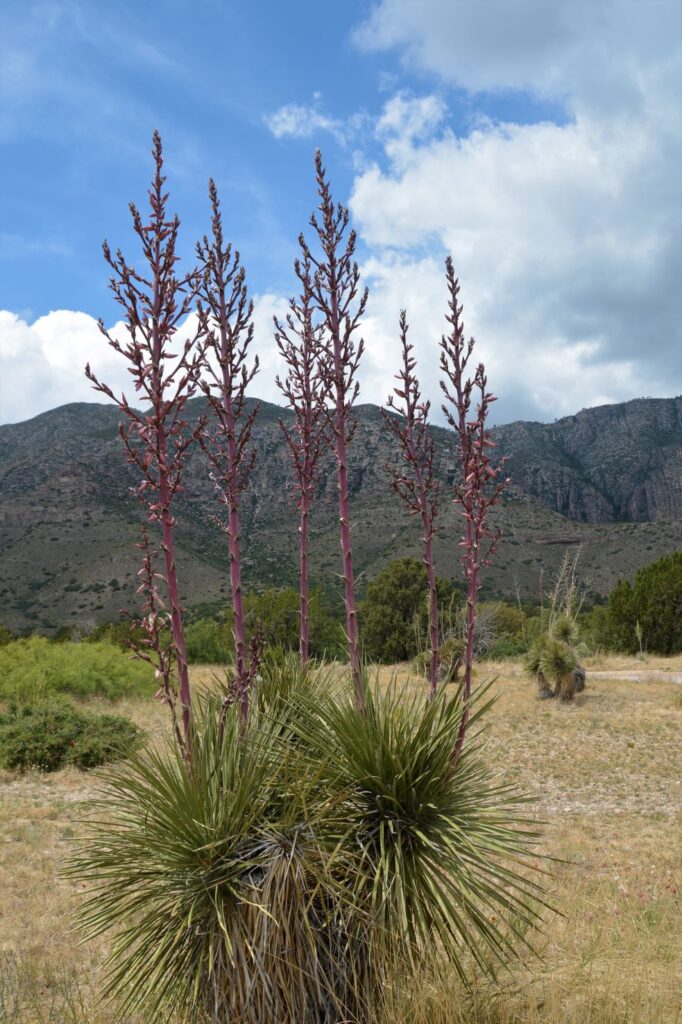
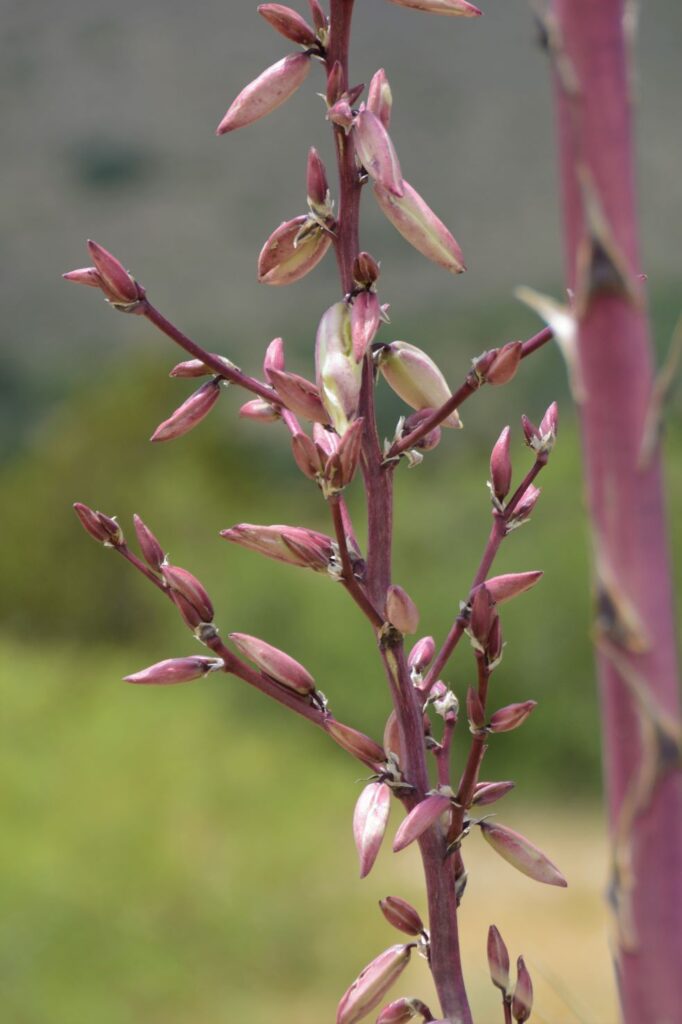
Indians called yucca “soap weed.” The roots were used for washing. Other parts of the plant were used for medicine and food. The fibers were used for many things and the seeds were used for tea or dried for making beads.
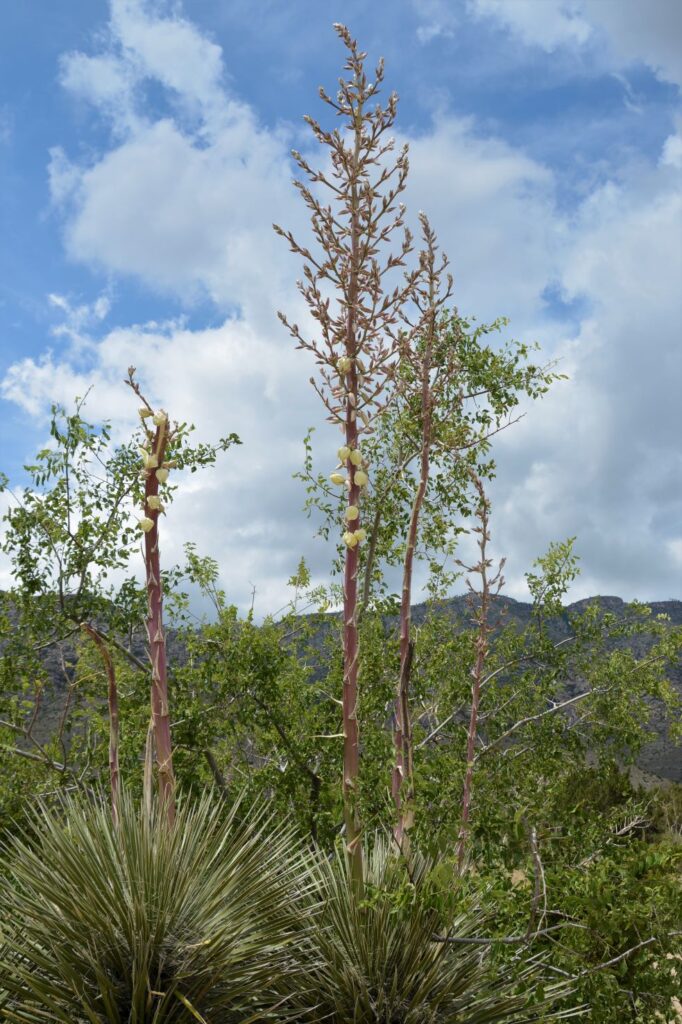
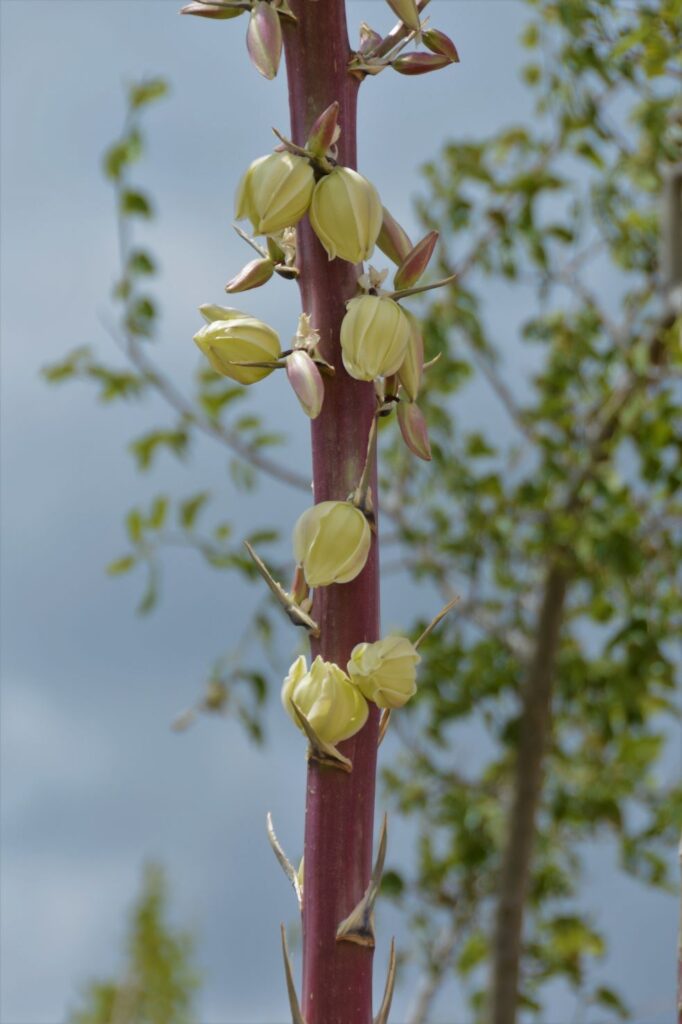
And we also saw century plants in bloom. Century plants and yucca plants look similar, but the century plants have “branches” with blooms on the ends.
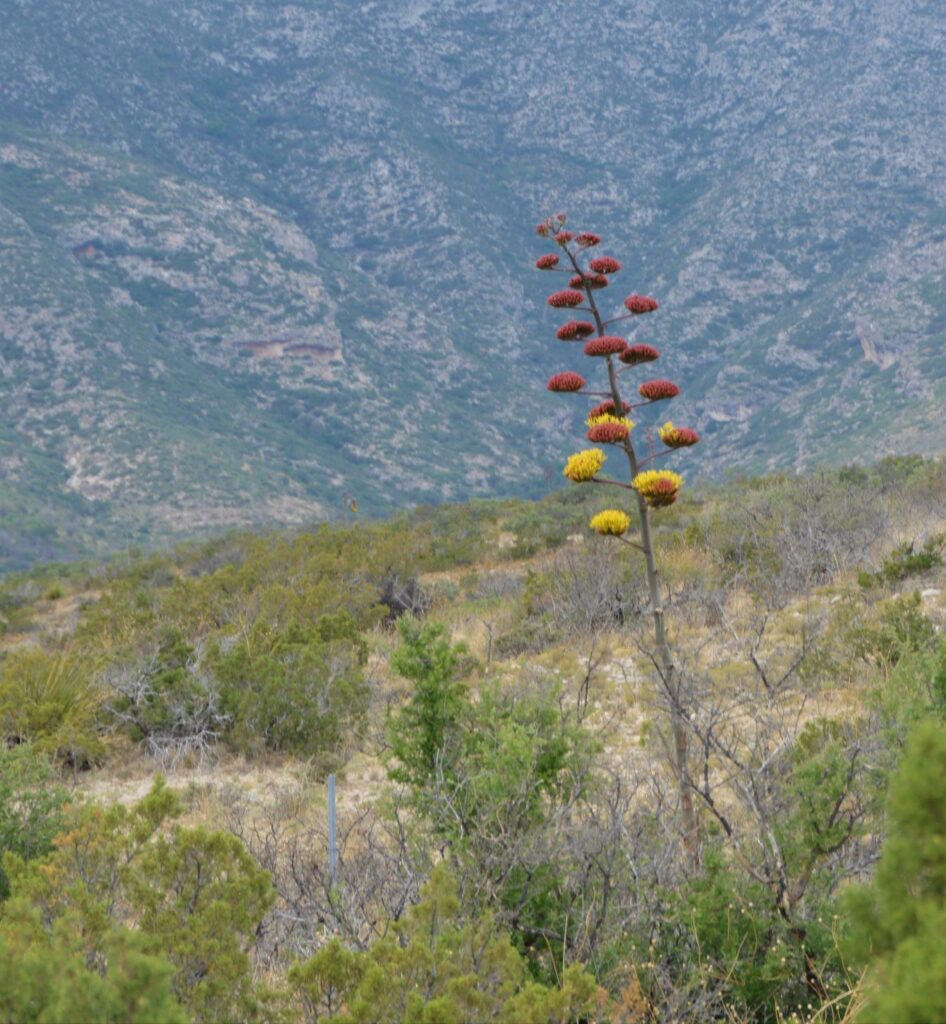
Later in the afternoon, the sun finally came out and lit up the mountains.
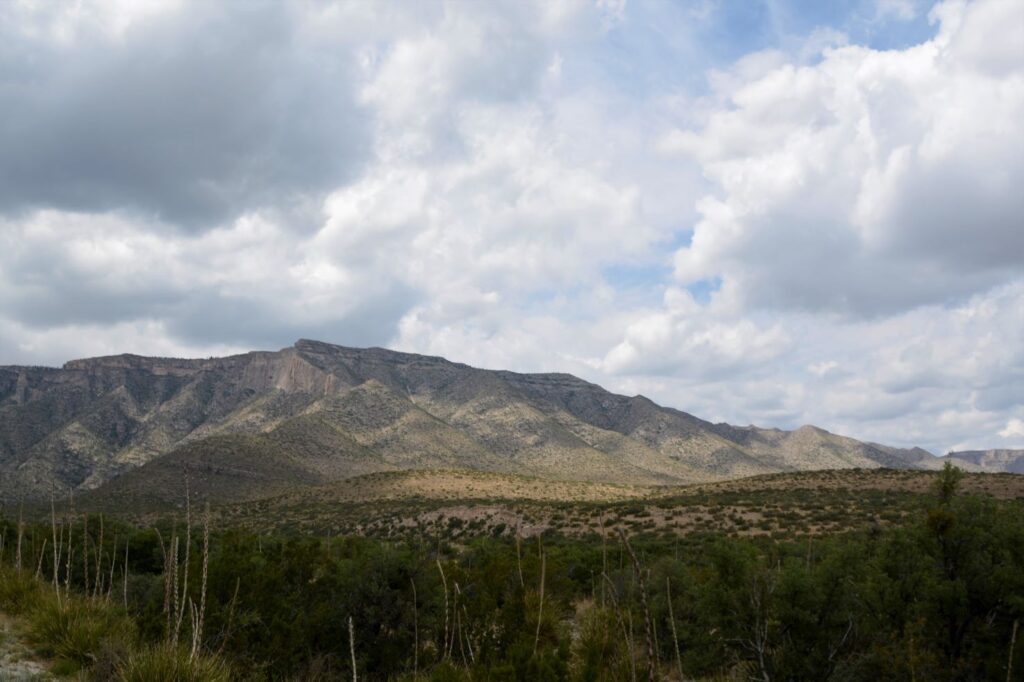
In the early afternoon, we headed back to our campground. On the way, we were going to pass Carlsbad Caverns National Park, so we decided to stop. We were too late to go on a cave tour, but we looked at the exhibits in the Visitors’ Center. I got my National Parks Passport Book stamped since we had already visited years ago.
The five mile drive into the park was reason enough to visit. The cacti were in bloom everywhere. On our way out of the park, I got a few photos of the blooms. Right at the entrance a huge cholla cactus was in bloom.
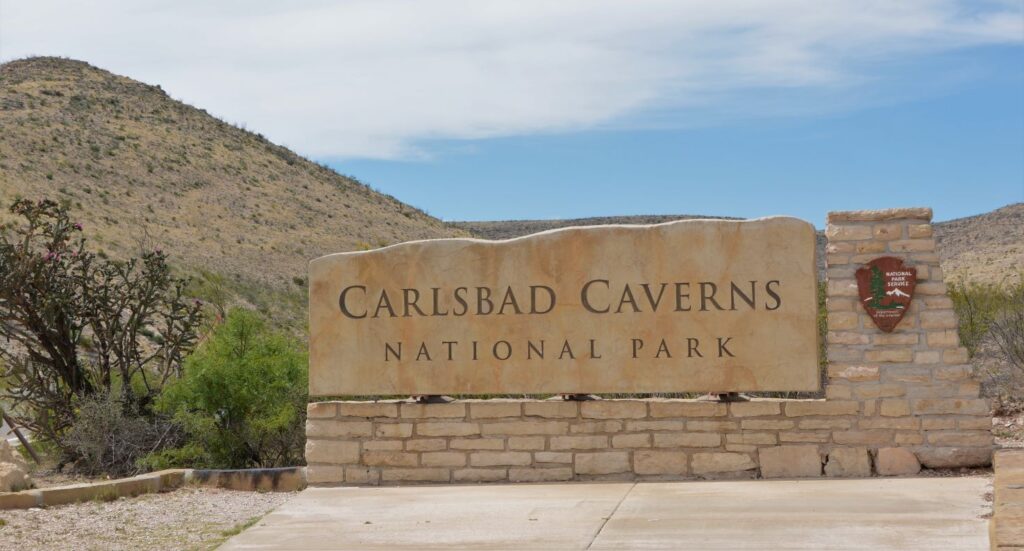
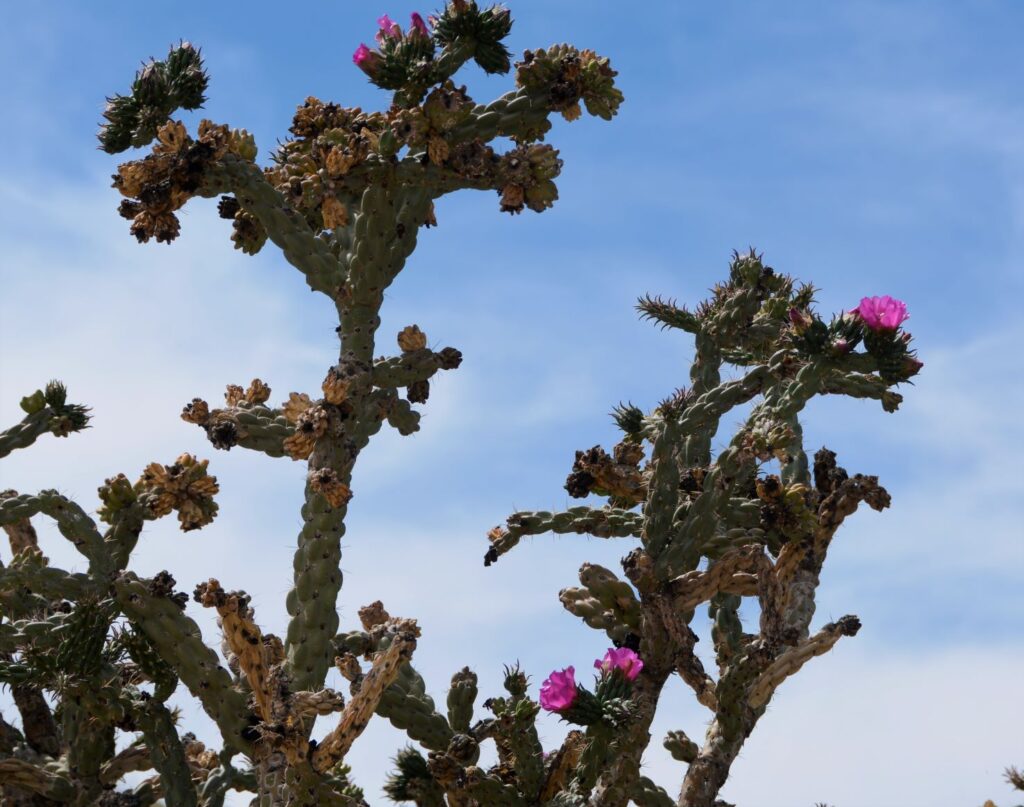
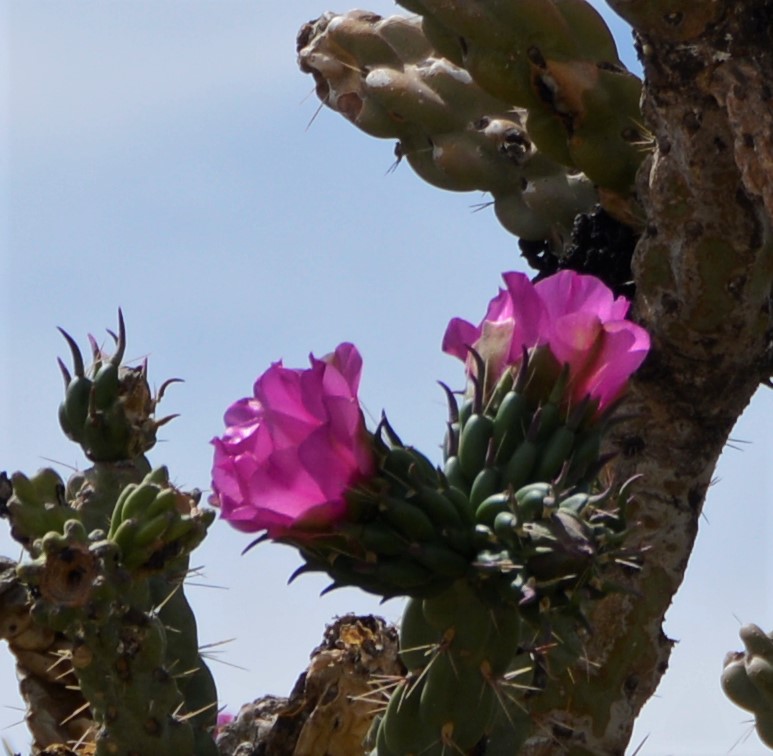
This is the view from the Visitors’ Center at Carlsbad Cavers NP. I didn’t remember this from our visit years ago, but it is a beautiful view.
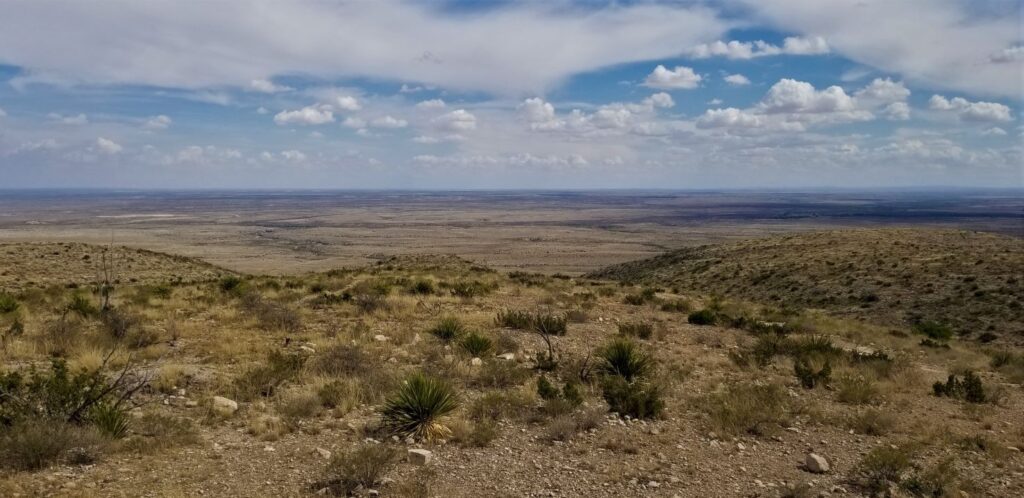
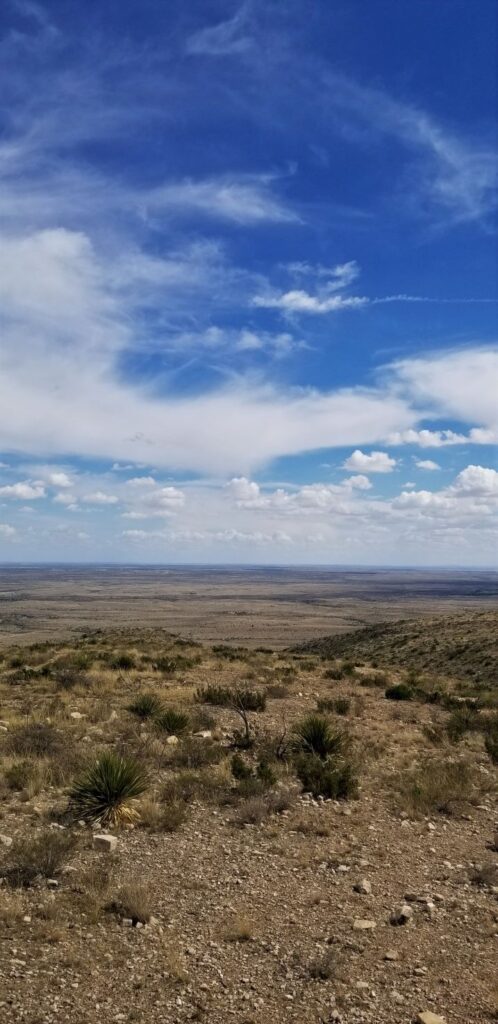
More wildflowers decorated the roadside.
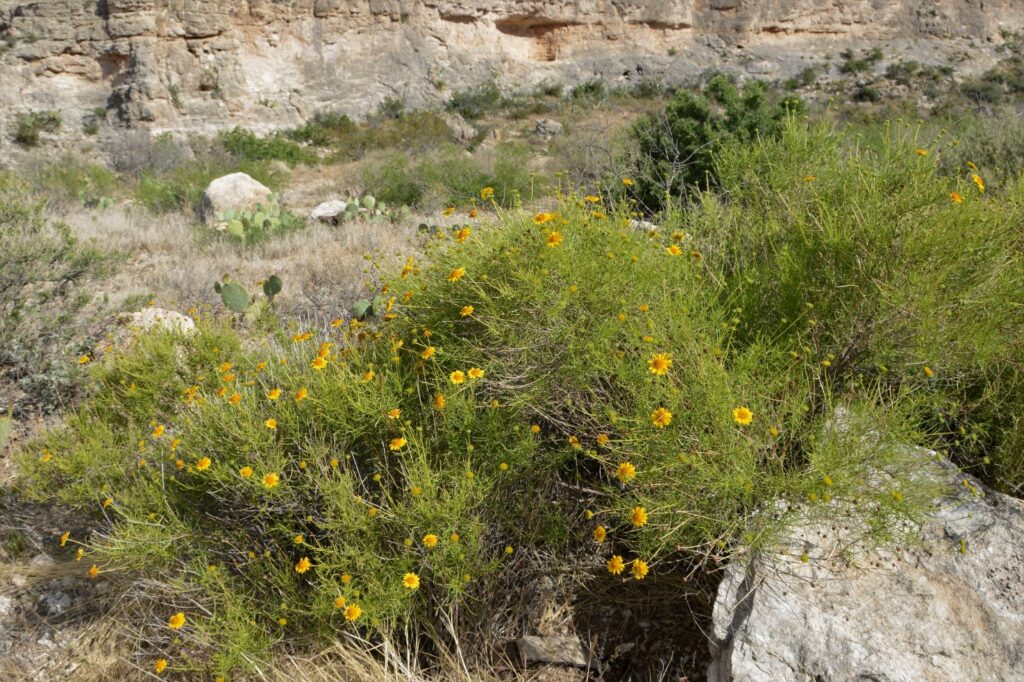
I’ve never seen such an abundance of prickly pear cacti, many with bright yellow blooms.
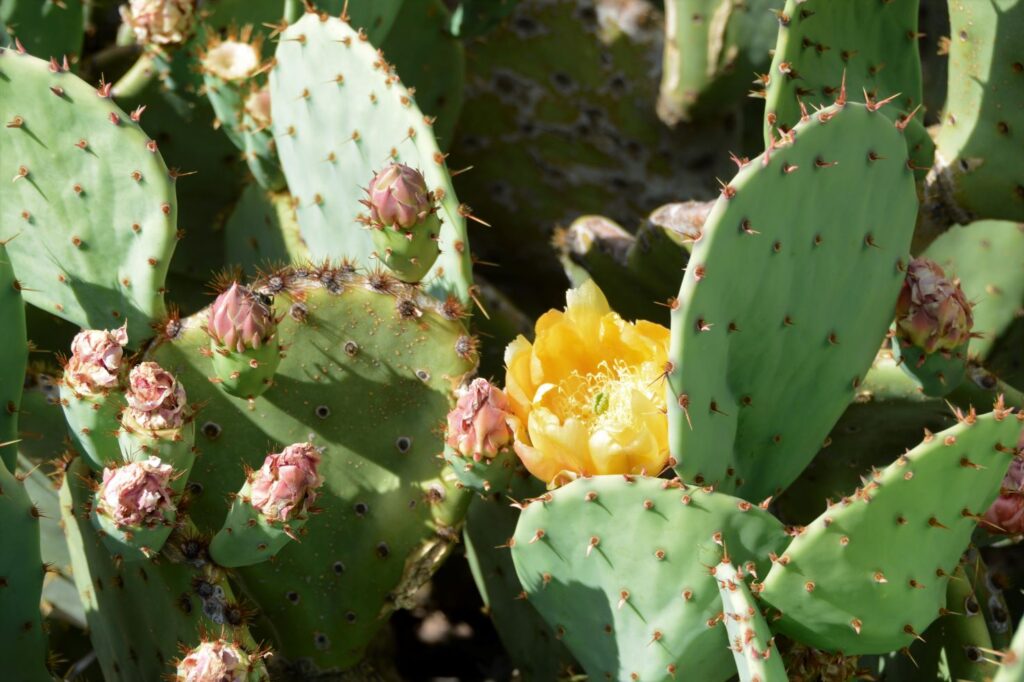
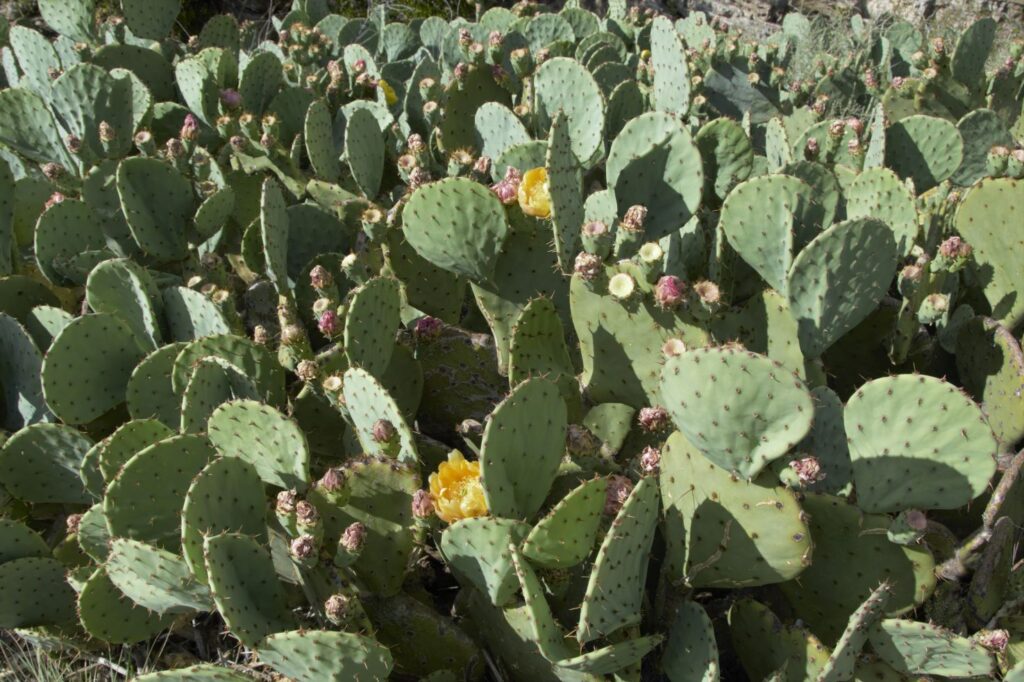
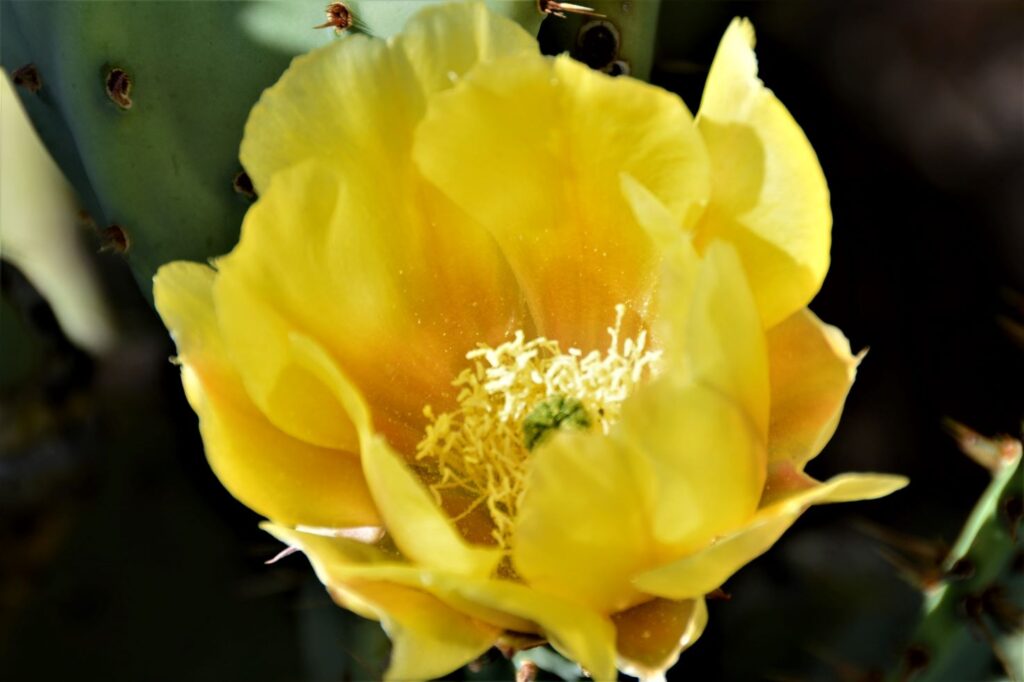
I kept seeing bright pink patches from the rocks on the cliffs. Stopping to check it out, I discovered they were hedgehog cacti in bloom.
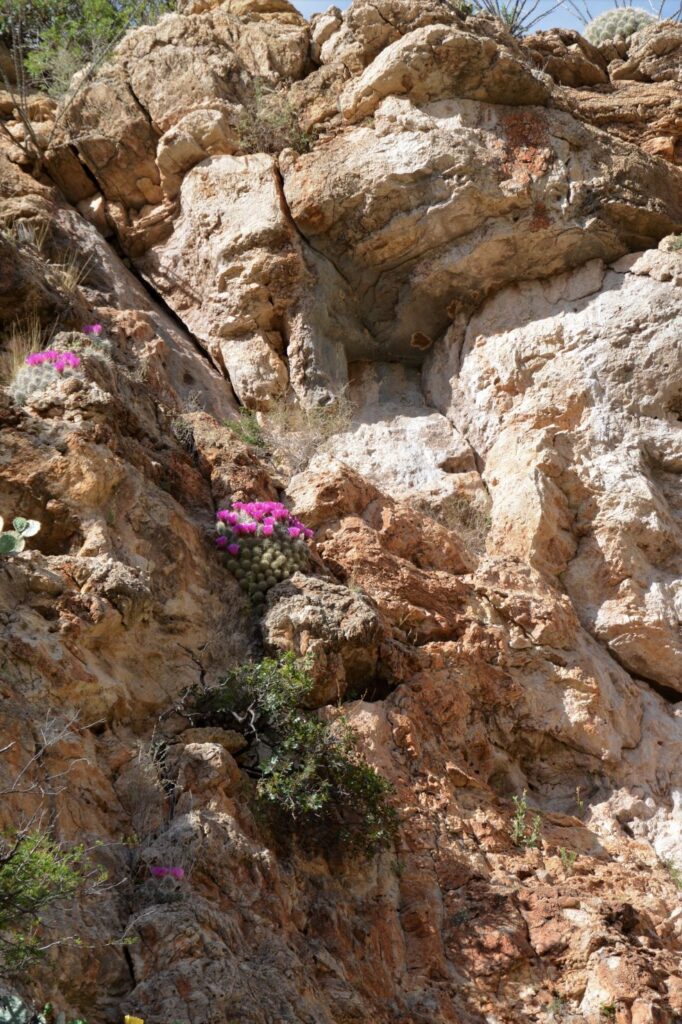
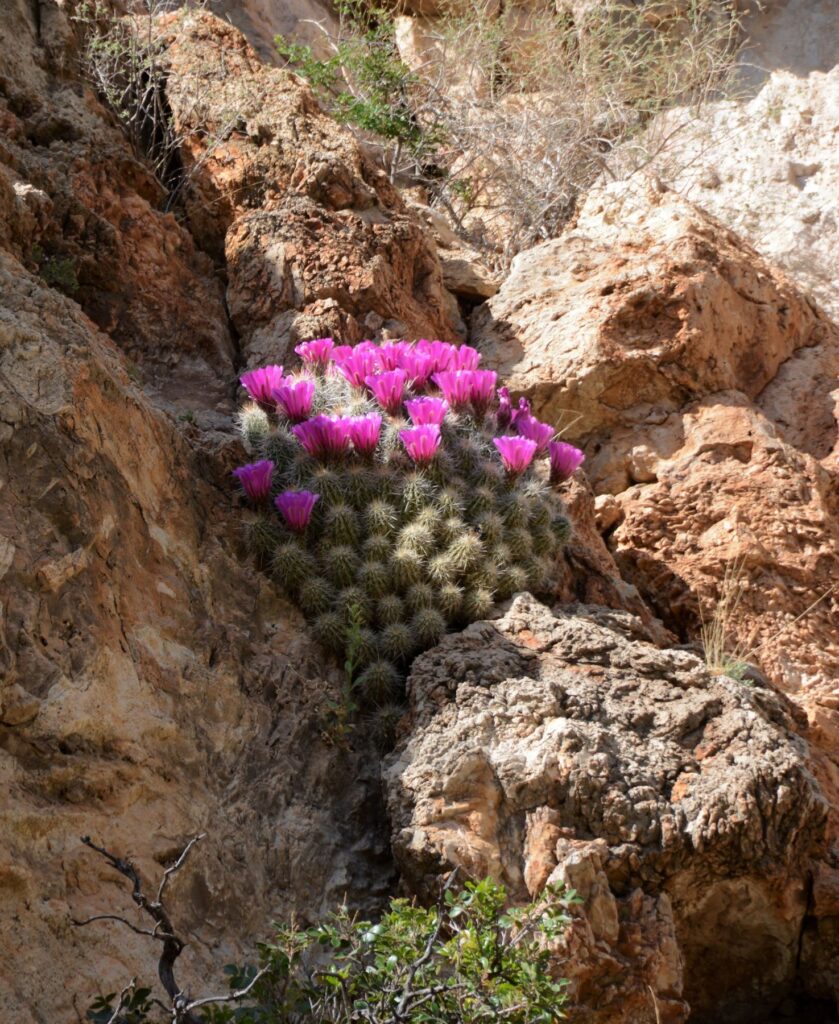
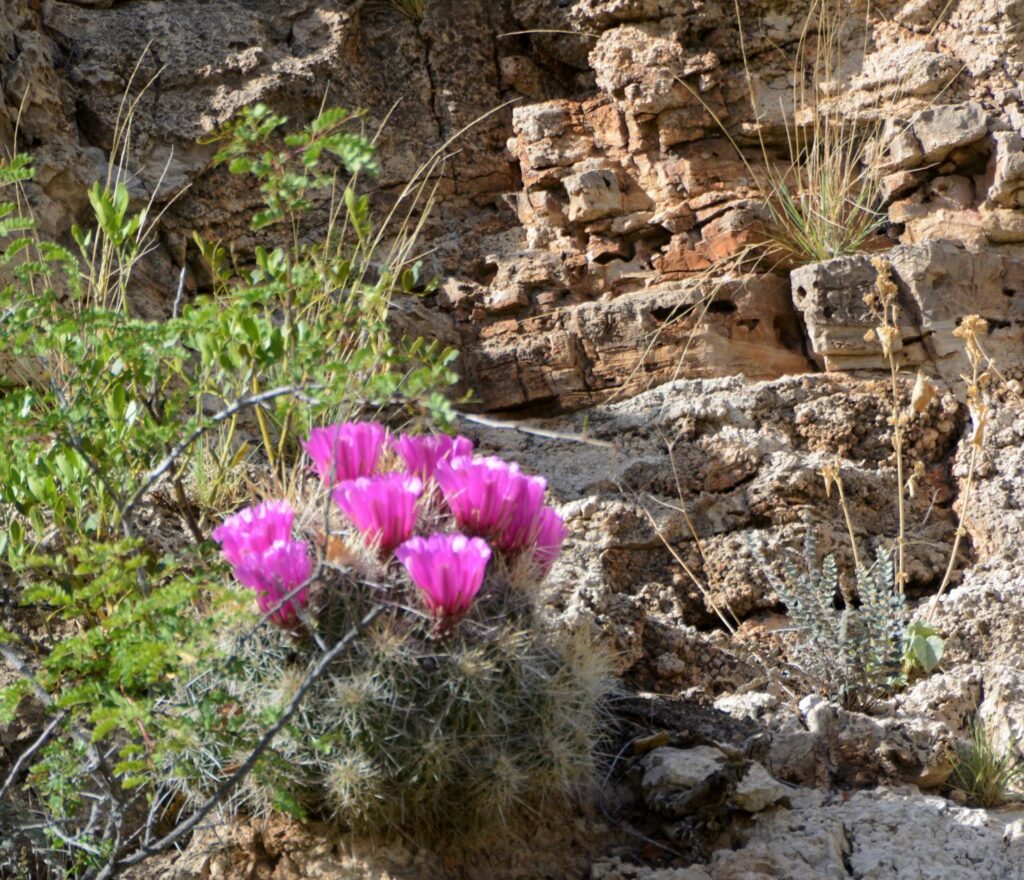
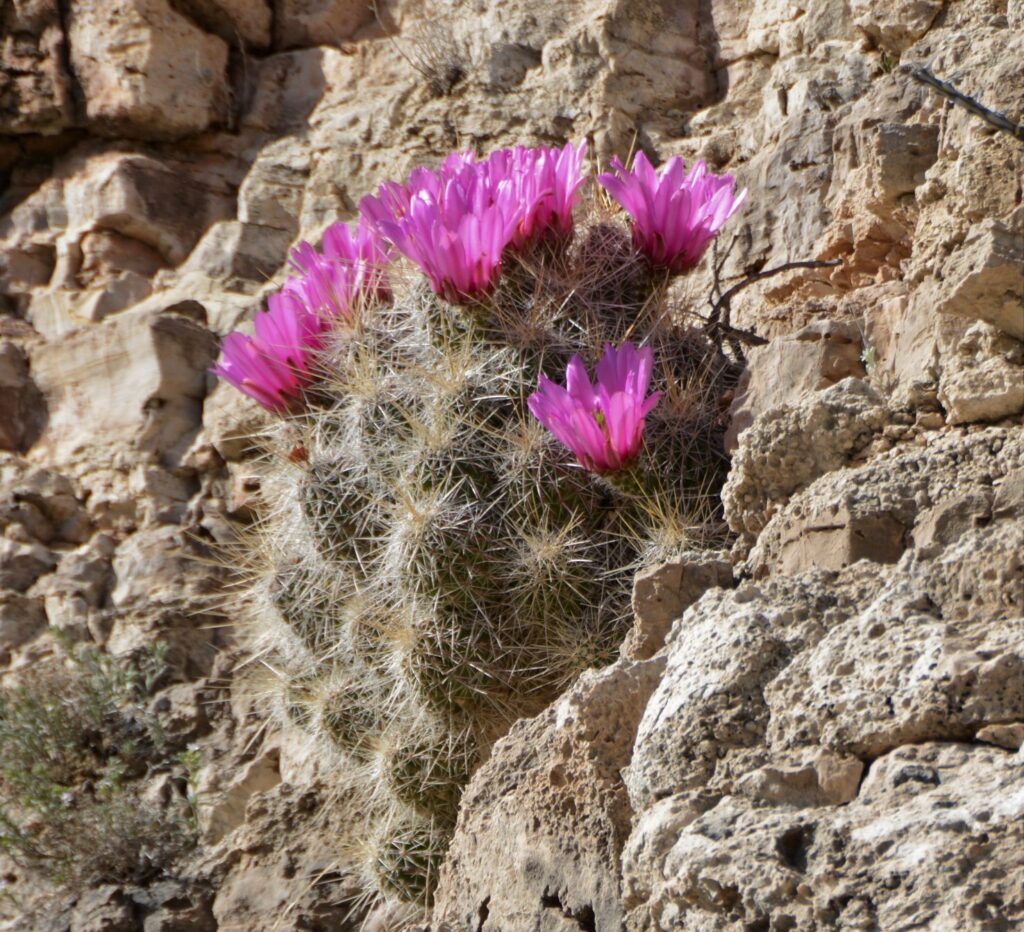
Ray was curious about the “green chili peppers” he saw on some of the yucca. I zoomed in and got these photos. The chili peppers are really seed pods of the yucca plant. These are yet another stage of the yucca plant.
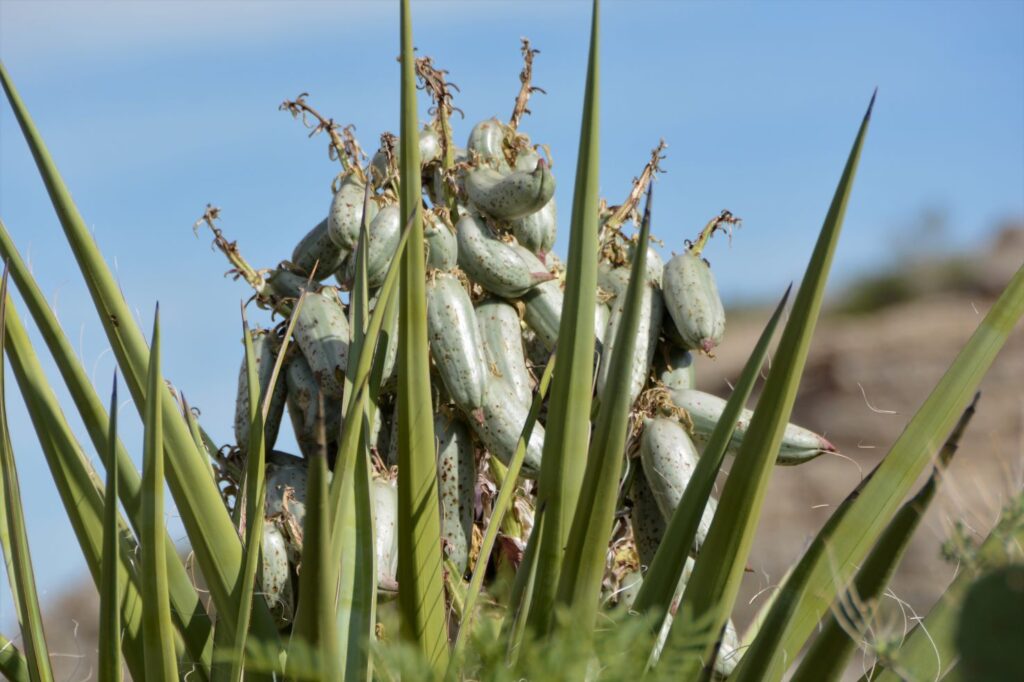
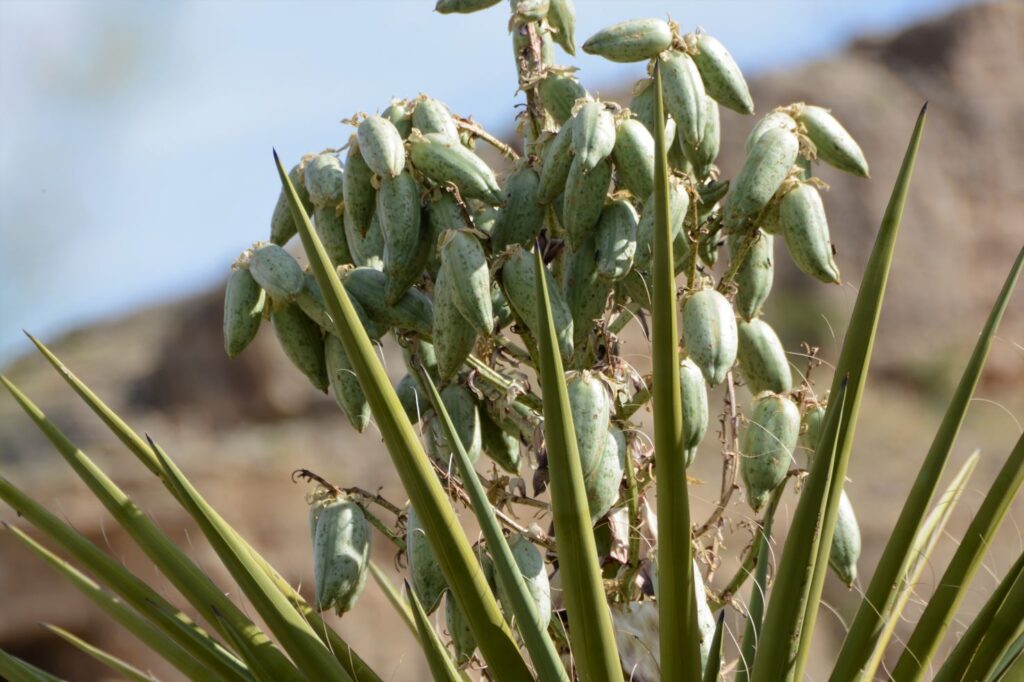
Yucca plants take many years to grow.
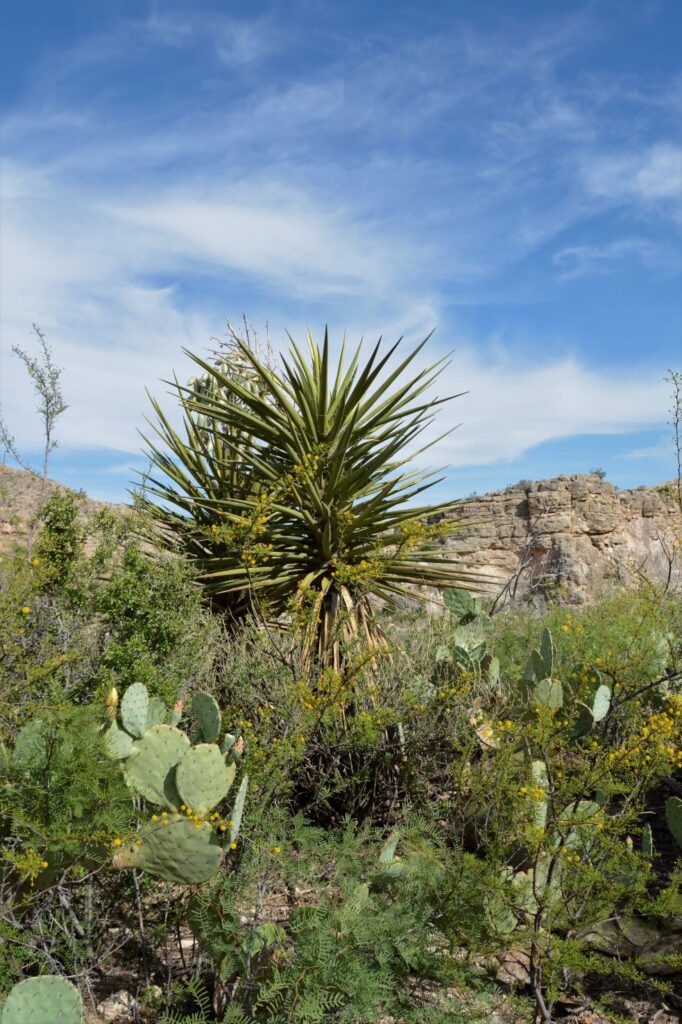
Our Escapees park had some beautiful specimens of yucca and ocotillo.
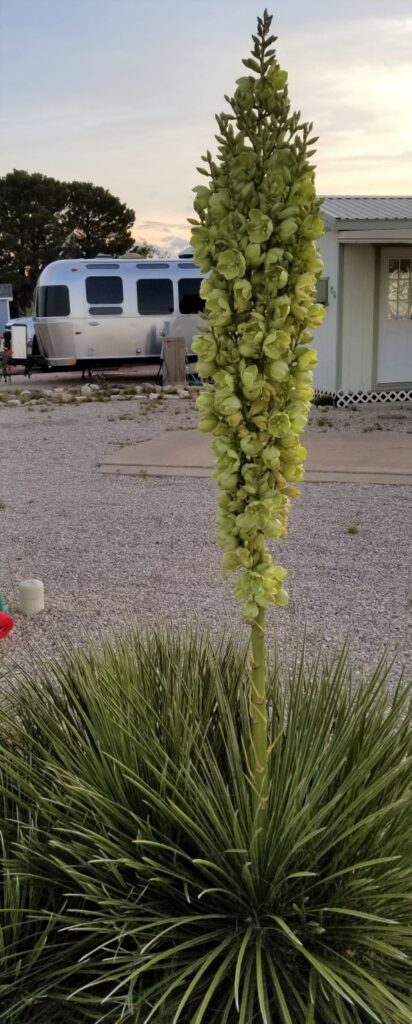

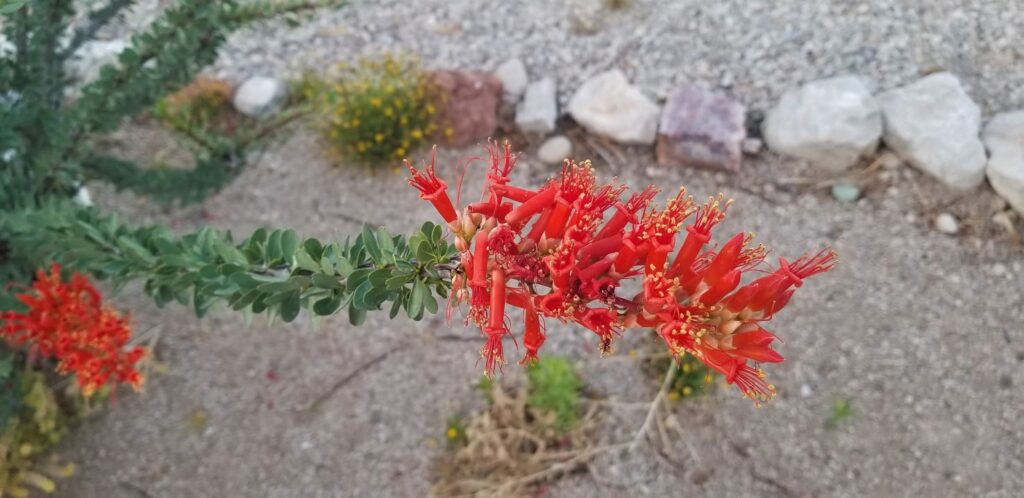
I was somewhat disappointed in Guadalupe Mountains National Park. However, it has been years since I have seen Carlsbad Caverns National Park. I would love to go back and re-visit it again. And, who knows, I might just give Guadalupe Mountains National Park another try also.

